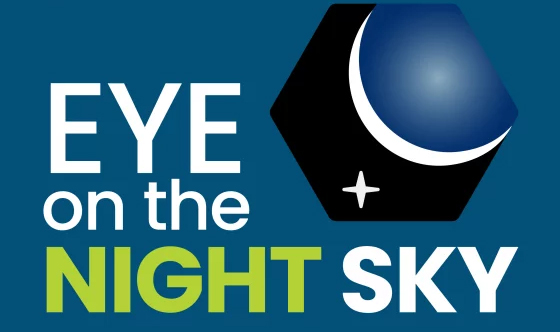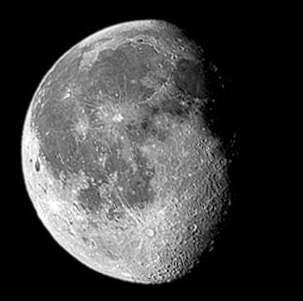
Moon Phases

Friday, July 26, 2024
Waning Gibbous 71% illuminated
Rise: 11:08 PM
Set: 11:47 AM
Eye on the Night Sky, July 26, 2024
Friday, July 26, 2024
Today:
The North Star, also known as Polaris, remains anchored halfway up from the northern horizon, never moving noticeably, though, technically, it does make a very small circle as the Earth rotates on its axis. The circle is a little more than one degree, or twice the diameter of the Moon.
Saturday:
The Milky Way arches high across the eastern skies in the evening, extending down to the north, where it appears dimmer, and toward the south, glowing noticeably brighter, home to the center of our Galaxy. The Milky Way swings overhead through the course of the night.
Sunday:
The Delta Aquariid Meteor shower is near its broad peak in activity, lasting from mid-July to mid-August. Though not prolific, the meteors tend to be slow and bright, worth waiting for a glimpse of one or two. The Moon continues to grow through its Gibbous phase, subduing some of these fainter meteors streaking through the stars.

This program is a partnership between the Fairbanks Museum and Vermont Public.
